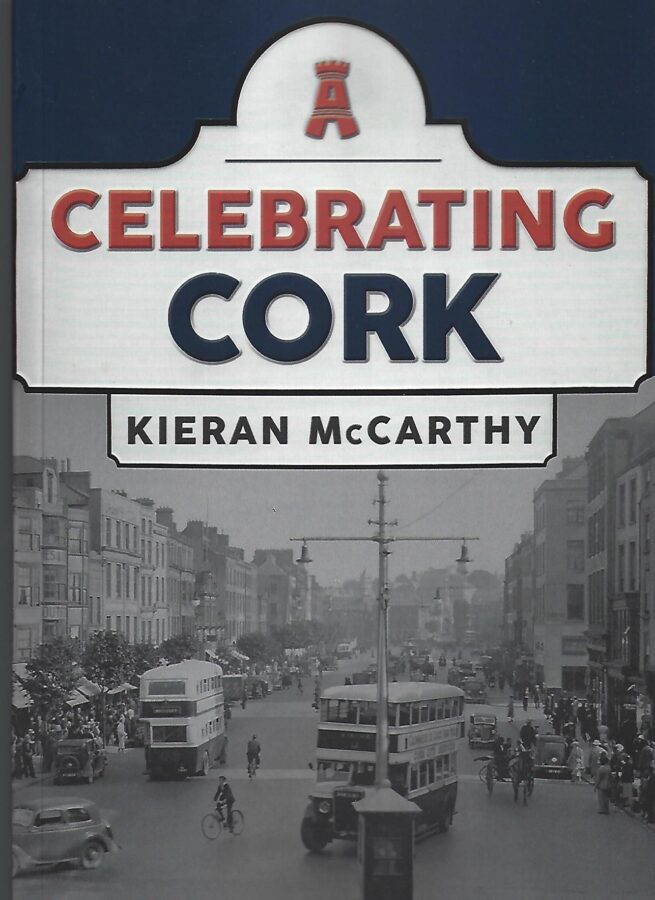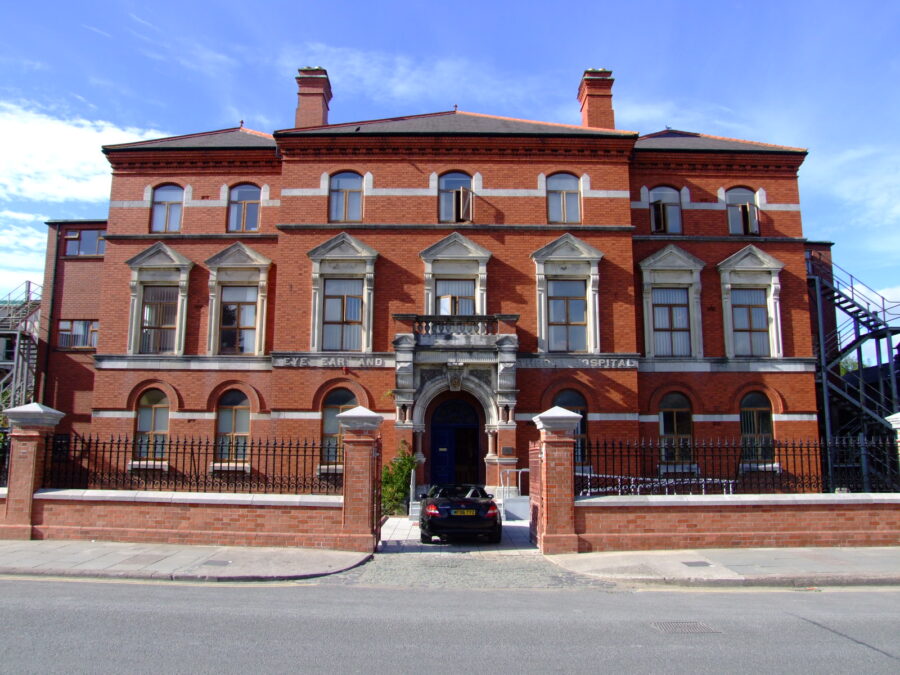Kieran’s Our City, Our Town Article,
Cork Independent, 31 March 2022
Kieran’s New Publication, Celebrating Cork
Celebrating Cork (2022, Amberley Publishing) is my new publication, which explores some of the many reasons why Cork is special in the hearts of Corkonians and visitors. This book was penned in the Spring and Summer of 2020 during which the COVID-19 pandemic challenged the resilience of every city and region across Ireland and Europe. For the tragedy and sickness it brought, it also brought out the best of volunteerism, rallied communities to react and help, and saw neighbours helping neighbours. The importance of community life is no stranger to any Irish neighbourhood but the essence of togetherness in Cork at any time in its history is impressive and more impressive that it has survived against the onslaught of mass globalisation and technological development.
So this book at its very heart is a nod to the resilience of Cork to community life, togetherness and neighbourliness. It is also a huge thank you to the front-line workers of our time and to the myriad of community response teams who helped people get through such challenging times.
Celebrating Cork builds on my previous publications – notably Cork In 50 Buildings, Secret Cork, and Cork City Centre Tour – all published by Amberley Publishing. This book focuses on different topics again of Cork’s past and places more focus on elements I have not had a chance to write upon and reflect about in the past. With more and more archival material being digitised it is easier to access original source material in antiquarian books or to search through old newspapers to find the voices championing steps in Corks progression in infrastructure, community life or in its cultural development.
More and more I am drawn to a number of themes, which I continue to explore in publications. Some of these are set out below and are reflected upon in the book through its themes. As a city on the very edge of Western Europe, and as a port city, Cork has always been open to influences, from Europe and the world at large. Cork’s Atlantic-ness and that influence whether that be location, light or trade is significant. Corkonians of the past were aware of the shouts of dockers and noise from dropping anchors – the sea water causing masts to creak, and the hulls of timber ships knocking against its wall, as if to say, we are here, and the multitudes of informal international conversations happening just at the edge of a small city centre.
Cork’s ruralness and its connections to the region around it especially the river Lee and Cork Harbour is a theme, which I have been active writing about for over a decade. There are certainly many stories along the river and estuary, which have been lost to time and Cork’s collective memory. Cork’s place as a second city in Ireland and its second city engine is an important influencer of the city’s development in the past and for the future.
Cork’s construction on a swampland is important to note and the knock-on effects of that of that in terms of having a building stock that is not overly tall. Merchants and residents throughout the ages were aware of its physical position in the middle of a marshland with a river – and from this the hard work required in reclaiming land on a swampland. I like to think they saw and reflected upon the multitudes of timber trunks being hand driven into the ground to create foundational material for the city’s array of different architectural styles.
Cork is stronghold of community life and culture. Corkonians have a large variety of strong cultural traditions, from the city’s history, to sports, commerce, education, maritime, festivals, literature, art, music and the rich Cork accent itself. Celebrating Cork is about being proud of the city’s and its citizens’ achievements.
Celebrating Cork takes the reader on a journey through the known and unknown layers of Cork’s history and ‘DNA’. It has chapters about its layered port history, the documents and maps which defined its sense of identity, the arts and crafts movements, which can be viewed within the cityscape, its statues and monuments, its key institutions and charities, its engineering feats and certain elements of why Cork is known for is rebel nature.
Celebrating Cork is also a book about the foundations for Cork’s future. I have always been adamant that there is much to learn about Cork’s resilience from its history and its heritage. The enlargement of the city’s boundary in 2019 has solved some problems of areas needing to expand and be part of an enlarged city – so there could be more joined up resources. The enlargement though has left many blank canvasses for the city to debate and pin down – many of which engineers of different hues are needed to draw from – such as transport and mobility, energy consumption and transition, the digital city, the circular economy, sustainable land-use and climate change adaptation. Add in other debates such as those on the sustainable development goals, the new Regional Spatial Strategy and its documents, Cork 2050, and there is a very real need for Cork to work harder than ever before to get ahead of the curve, seek investment, and for all to work together on Cork’s urban agenda. There are no silver bullets either to any of the latter challenges. There is certainly no room for siloised thinking in the Cork of the future. But Cork in its past and in its present has never been afraid of hard work, passion and working together.
Kieran’s April 2022 Historical Walking Tours:
Saturday 9 April 2022, Cork South Docklands; Discover the history of the city’s docks, from quayside stories to the City Park Race Course and Albert Road; meet at Kennedy Park, Victoria Road, 2pm, as part of the Cork Lifelong Learning Festival (free, duration: two hours, no booking required).
Sunday 10 April 2022, Fitzgerald’s Park: The People’s Park, meet at band stand, 2pm, in association with Rebound Arts Festival and as part of the Cork Lifelong Learning Festival (free, duration: 90 minutes, no booking required).
Saturday 16 April 2022, The Marina; Discover the history of the city’s promenade, from forgotten artefacts to ruinous follies; meet at western end adjacent Shandon Boat Club, The Marina, 2pm (free, duration: two hours, no booking required).
Caption:
1144a. Front cover of Celebrating Cork (2022, Amberley Publishing) by Kieran McCarthy.

